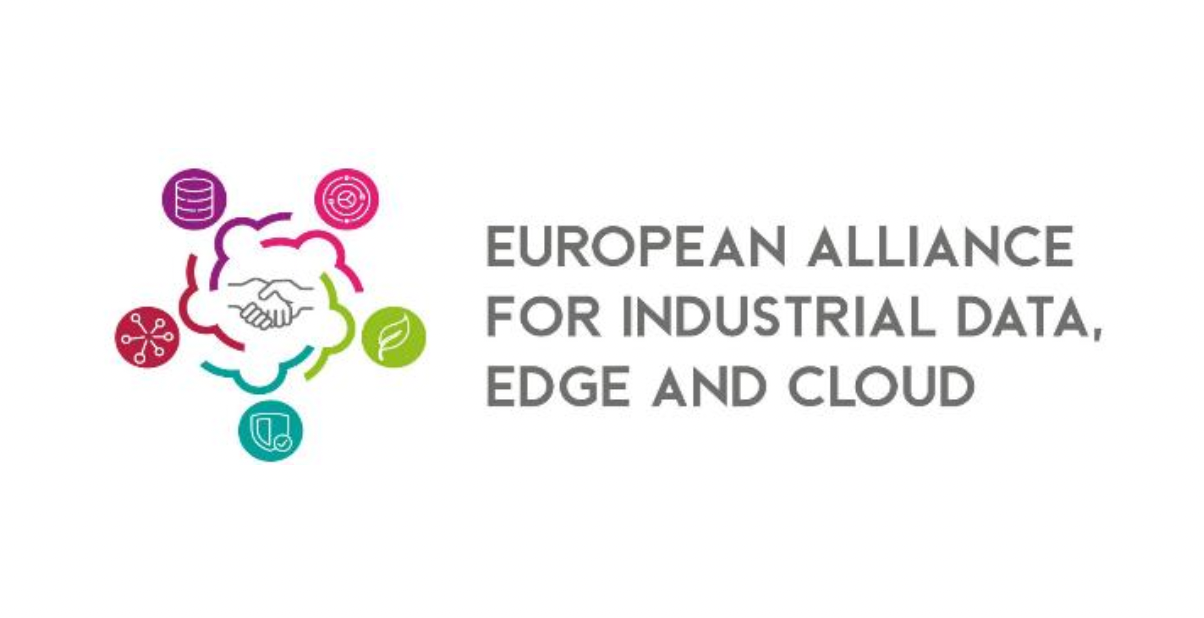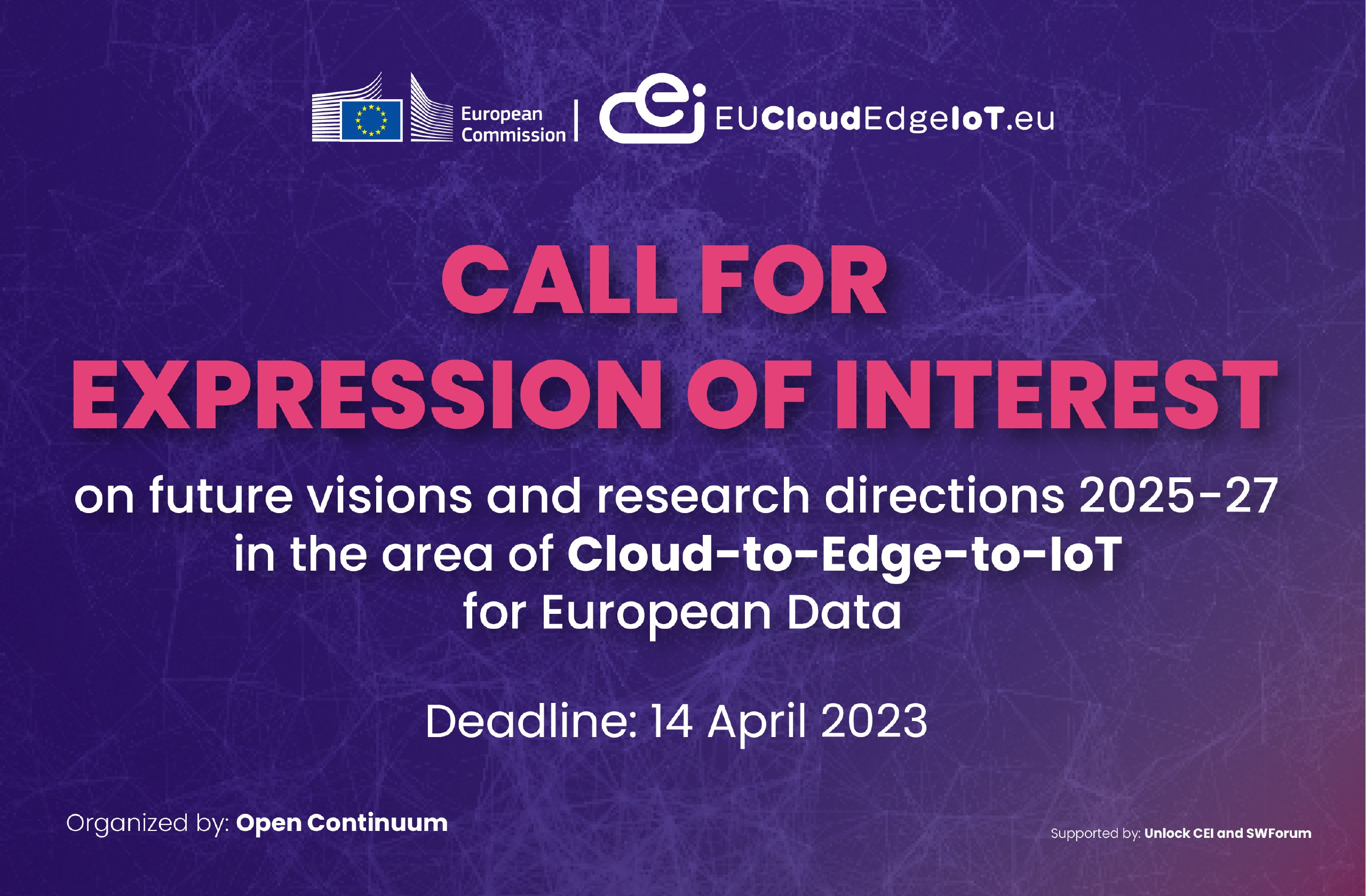

Broadcom's acquisition of VMware has created a significant market disruption, compelling organizations to seek alternatives to its virtualization platform due to abrupt licensing changes and drastic price increases. This article analyzes the leading open-source virtualization solutions—such as Proxmox VE, XCP-ng, and OpenStack—as viable replacements for the Infrastructure as a Service (IaaS) layer. However, it argues that a simple one-to-one replacement is a tactical fix that misses a larger strategic opportunity. The core thesis is that true modernization requires moving beyond infrastructure management to automate the entire application lifecycle. The article positions a Platform as a Service (PaaS) solution, like Abilian Nua, as the essential layer on top of these new IaaS foundations. This approach transforms the initial crisis into a catalyst for achieving genuine operational agility, a unified developer experience, and complete digital sovereignty.

The discussion around the Cyber Resilience Act (CRA) by the European Union highlights significant procedural and engagement flaws in its legislative process, particularly the exclusion of key stakeholders such as the open source community and SMEs, and notably the omission of the Commission's Open Source Software Program Office (OSPO) from the drafting process. This oversight exemplifies a deeper disconnect between EU policymakers and the open source sector, underscoring the need for a more inclusive, transparent, and informed approach to legislation that affects the open digital ecosystem. We make recommendations for future initiatives to ensure that forthcoming legislation fully accounts for the complexities and contributions of the open source community and aligns with broader EU digital strategies.

The digital transformation (some people still say 'digital transformation', wrongly in my opinion, but that's a detail) of organisations and society has now been underway for several decades, but it seemed to me that there was still a lack of a conceptual framework for realising and visualising what stage of this transformation a particular organisation, community or sector is at.

Abilian, a leader in open and sovereign information management and cloud solutions, has signed the CyberCharter, an initiative supported by Cybermalveillance as part of Cybermoi/s, European Cyber Security Month. This initiative is part of Abilian's mission to promote a secure and reliable digital environment over the long term.

The European Alliance for Industrial Data, Edge and Cloud Computing has just published the first version of its roadmap. Abilian is one of the contributors.

Open source technologies have become an indispensable part of the European Commission's IT systems and policy work. At a time when governments often rely on external cloud providers and IT service providers, the European Commission recognises the need to retain its own independent expertise in order to achieve technological sovereignty.

Code reviews (and upstream architecture and design reviews) are a crucial stage in the software development process. Analysis by one or more other developers helps to improve the quality of the work, while promoting knowledge sharing within the team.

The last few years have seen a renaissance in search, with many open source projects taking advantage of the possibilities offered by new programming languages and machine learning, or focusing on specific problems such as optimising resources, ease of installation and detailed understanding of the documents indexed.

The semantic distance between two documents aims to measure their dissimilarity in terms of meaning or semantic content, and has applications in the field of knowledge engineering (recommendations, clustering, etc.). We describe the main methods, and in particular the Wu-Palmer measure (and its derivatives), and discuss their implementation.

Abilian responded to a call for expressions of interest from the European Commission.